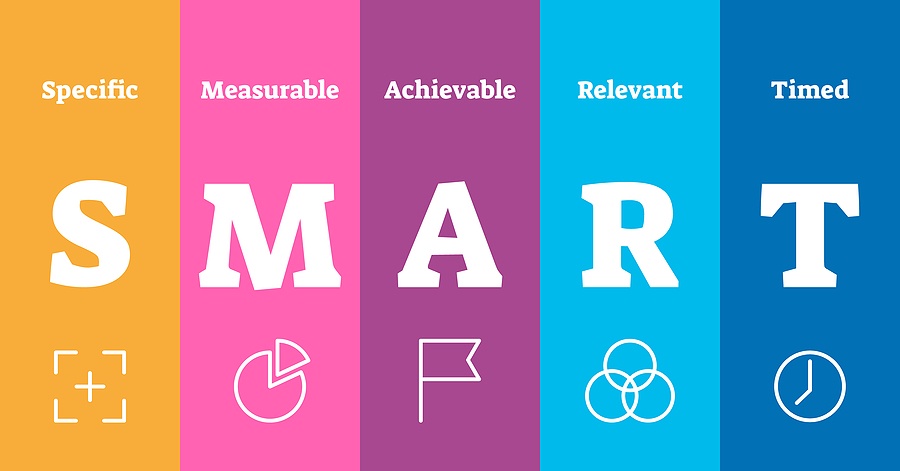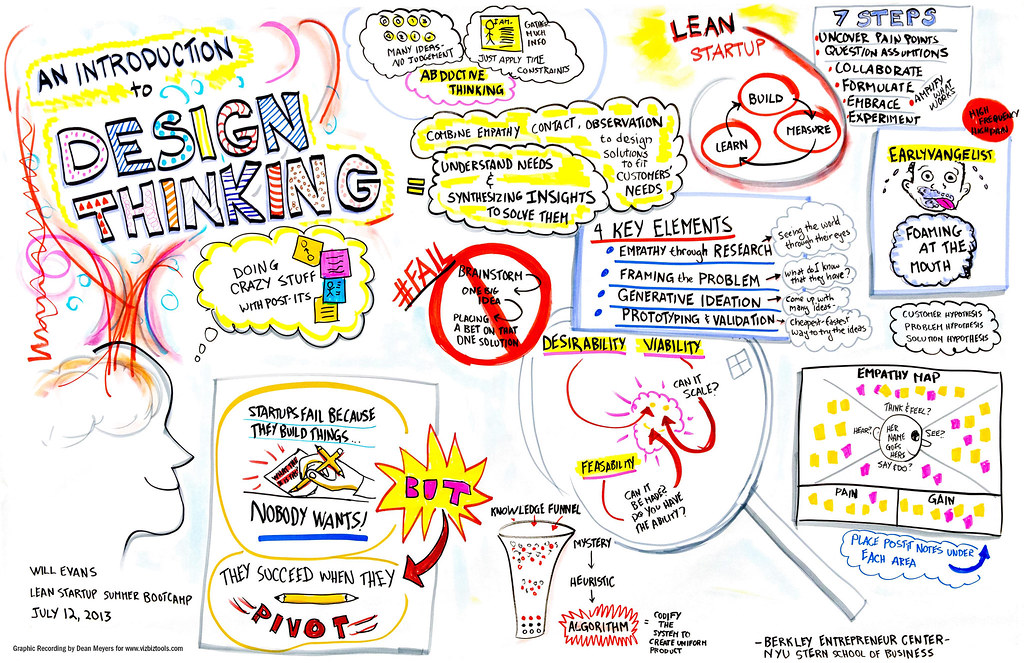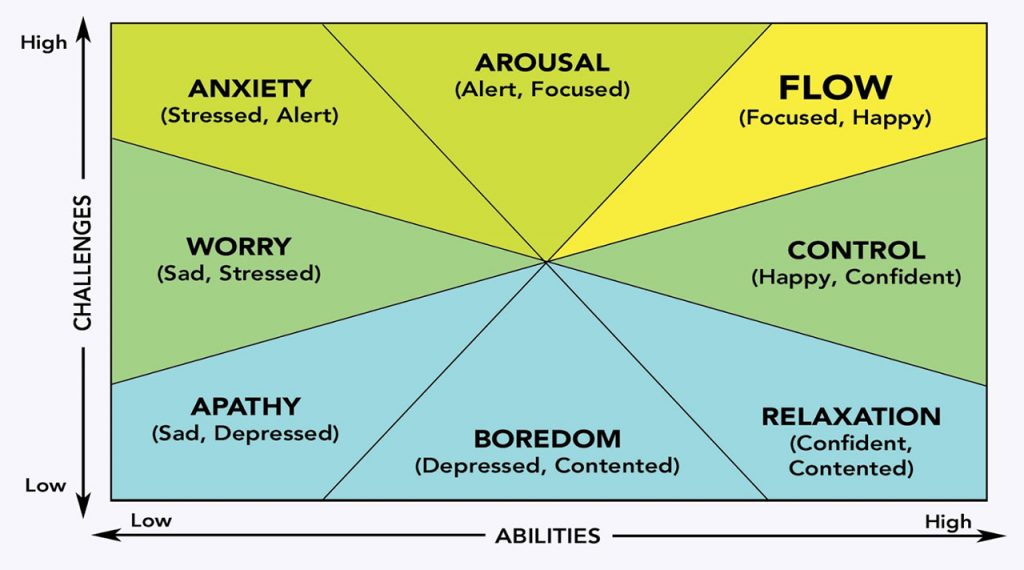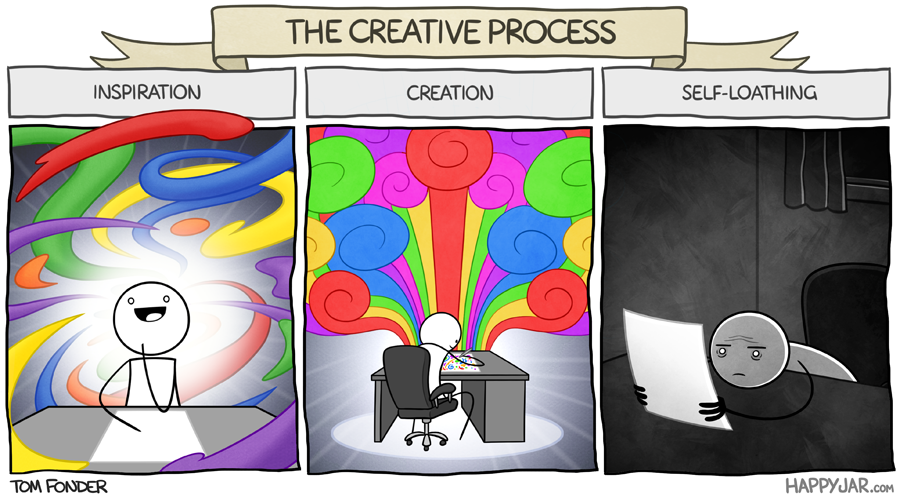Flow is an optimal learning experience. It’s a state that pulls us into an activity and away from everything else, including our own sense of self and time.
Also known as being in the zone, it’s a state most of us have experienced while playing sports or video games, but it is certainly not limited to these cases.
The main characteristic of tunnel vision provides greater assurance that our brains’ and minds’ are locked in and absorbing as much as possible. Precisely what we want when learning online.
How can lifelong learners take advantage of a flow state online?
Here are 6 ideas for constructing a learning system to harness flow and supercharge your education.
1. Find Great Content

Educational material is in abundance. There are full, free, university-level courses being uploaded to the internet all the time. If it’s not courses, then lectures, video series, podcasts, books and articles are all there too.
This means you can find whatever matches your goals and criteria. Find a specific subject, an engaging teacher, something that’s short or more in-depth, self-paced, that offers accreditation, an active community. Whatever you want.
Moreover, if you start with one option and it grows disappointing or inadequate, it costs you very little to change. This makes it even easier to find content that resonates with you.
However, you should be careful not to jump ship for bad reasons — such as not wanting to struggle through the difficult stages. Don’t be seduced into finding the easiest courses, find those that interest and challenge you without overwhelming you.
2. Create Clear Goals

You need to know what you want from the content, what the goal is when you sit down to study, and how to measure your success.
Make sure you know why you’re engaging with a particular course or problem, what it is you will gain from it, why it’s important or relevant to you. Without a clear goal, the material will feel lost and meaningless as you struggle to see the point.
It’s difficult to maintain focus when you’re not sure on the direction you’re going, and it opens the door for opportunity costs — all the other possible activities you could be doing will start tugging at your attention.
The wealth of content that makes the first point in this list so powerful, makes this point rather difficult. There needs to be a point at which your goal shifts from evaluating the quality of the content to internalising ideas and levelling up.
3. Get Timely Feedback

Clear goals require quality feedback so that we know when to move on or to invest more effort. The quicker this feedback arrives, the sooner we can adjust and the more in-the-moment we can remain.
However, our feedback is too often a reliance on a feeling of understanding that can be quite misleading — like when we read something once and understand the ideas, everything seems logical, nothing strikes us as confusing or absent.
But until we have been properly tested, we can be quite wrong as to our extent of understanding and remembering. Proper feedback will rely on more than a feeling, it should utilize tests that challenge our learning.
As online learners, it can be difficult to get feedback quickly and directly from teachers and other experts. A more accessible tool is retrieval practice: force yourself to recall the essential information — without rereading the material or looking back over your notes.
Every so often cover your notes, turn off the screen, stare at a blank page and recall what you’ve learned. This can be done quickly and should provide enough of a challenge to engage your attention and promote a flow state.
4. Minimise Distractions
It is obvious that if flow is a state of complete absorption in an activity, distractions must be eliminated. This means you need to be intentional in how you design your physical and virtual classroom.
You don’t want notifications, buzzing noises and flashing lights intruding on your work. You don’t want to be easily tempted by social media or the endless opportunity for entertainment.
Pick a place in your home that’s as free from external activity as possible, turn off your unnecessary devices, block the websites you know are problematic, and full-screen your workspace so it occupies your entire view.
5. Match Skill Levels

Flow requires the challenge in front of you to be right at the edge of your ability. Too easy and it’ll bore you, too difficult and it can make you anxious. Your reach should exceed your grasp.
After setting your goals and finding the best material to teach you what you want to know, you should have a reasonable idea of how your current skill level matches up to the difficulty of that challenge.
But as you progress, you will likely find there are periods where greater difficulty or ease set in. To maintain the optimal balance for flow, at these junctures you should consider whether jumping ahead or taking a step back might help.
There are no guarantees here, sometimes you’ll need to work through the boring stuff or struggle to a higher degree than you’d like. But when you do have the opportunity to find a better balance, take advantage.
6. Express Yourself

Waiting for you online is all the educational material you could want, but sometimes the consumption of content should give way to the creation of content.
Getting hands-on and relying on your creative muscles is perfect for flow — it requires deep attention and challenges you to conceptualise and reframe what you’ve learned. It can also be a lot of fun.
Whether it’s drawing, building, or writing, creative activities go a step beyond the passive activities. Once you have an understanding of an idea, think about how you can present it in your own way, put it in your own words, or represent it visually.
Return to what you’ve created multiple times and refine it until you are happy with the results. This can be a difficult process that takes many iterative steps and perseverance before you have something meaningful and interesting to present to others.
The Goal Isn’t the Reward
Flow is considered an autotelic experience—‘auto’ meaning self, ‘telos’ meaning goal. It’s another way of saying that flow is a form of intrinsic motivation, where the reward is the activity itself.
All the external things, whether that’s distractions like email and social media, or even the overarching goal you have regarding the subject you’re learning — these should all disappear when you’re in the midst of learning online.
Once you have your ideal setup and structure to work with, the content and challenges it brings should occupy your undivided attention. The more curious, interested and eager you are, the better shot you have of enjoying the process while immersed in flow.




